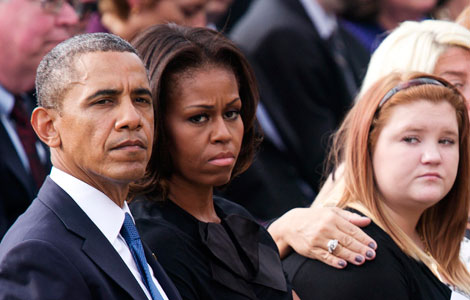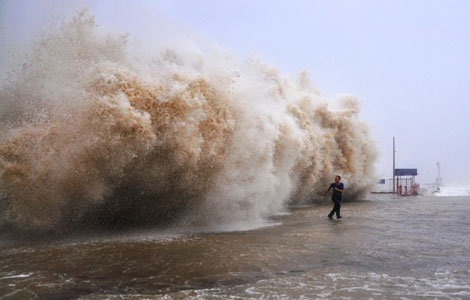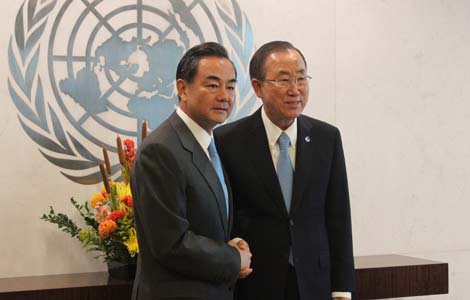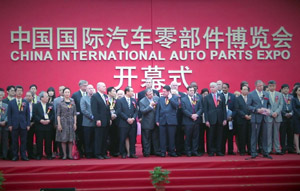'Green Fence' cuts US plastic-scrap export to China
Updated: 2013-09-20 15:55
By Chen Jia in San Francisco (China Daily)
|
|||||||||
China's main export to the United States is manufactured goods, and the US' biggest overall export is trash - including millions of tons of scrap plastics worth billions of dollars. But China's role as America's leading trash compactor is undergoing major change, according to a USC history professor.
China started importing plastic scrap from the US, and other developed countries in large quantities after it entered the World Trade Organization around 2000, Joshua Goldstein, who teaches history at the University of Southern California (USC), said in an interview with China Daily.
By 2004 China was importing about $100 million in plastic scrap from the US, and the amount has increased about 20 percent each year since then, reaching $560 million in 2011, according to Goldstein, associate professor of history and East Asian languages and cultures. California's second-biggest export to China in 2012 was waste and scrap, he said, and it was New York and Florida's top export to the world's most populous country.
"But this trend has changed significantly this year in response to Operation Green Fence," Goldstein said, causing exports of plastic scrap to China to slow dramatically and exporters to be far more careful about what they ship.
Green Fence, which went into effect in February, enforces regulations on importing dirty scrap materials into the country and is an effort by China to strengthen environmental standards. It prohibits the import of unwashed post-consumer plastics and other "contaminated" waste shipments. The campaign has set a limit of 1.5 percent of allowable contaminant for each bale of imported recyclables (including materials such as metal, plastics, textiles, rubber and recovered paper).
Chinese customs officials are more vigorously inspecting and even rejecting material from foreign exporters that is considered poorly sorted or dirty and could add to China's pollution problem. Green Fence has caused an 11 percent decline in export value of US plastic scrap in the first half of 2013, compared to the same period in 2012, according to data from Quartz, a digital news outlet focused on the global economy.
The British newspaper the Guardian reported last month that more than 800,000 tons of recyclables or scrap have been rejected since February and that Chinese customs officials have suspended the import licenses of 247 companies.
In a recent lecture about "How the World's Trash Ends up in China's Rivers" at USC, Goldstein said the drop in exports of plastic scrap "is certainly a positive development for the Chinese environment, though it is also a limited one."
He said that imports likely account for only about 30 percent to 40 percent of the plastic scrap market in China, with the remainder domestically generated.
US recycling companies are like any other companies, they are simply looking to make a profit, Goldstein said. Chinese demand for scrap material is huge, so the prices Chinese buyers offer for plastic and other scrap are very competitive, and until recently, Chinese buyers were often willing to accept levels of contamination that most US industries would find unacceptable, he said.
Goldstein said he doesn't believe that trash exports to China triggered the country's severe pollution.
chenjia@chinadailyusa.com
(China Daily USA 09/20/2013 page10)
Most Viewed
Editor's Picks

|

|

|

|

|

|
Today's Top News
Israeli soldier killed in West Bank shooting
Verdict for Bo Xilai: Life in prison
Amber alert across Asia, but not red
China signs 12 deals with Venezuela
Trending News across China
Russian embassy to Syria shelled
Gunmen holding hostages in Nairobi
Bo Xilai gets life in prison
US Weekly

|

|














